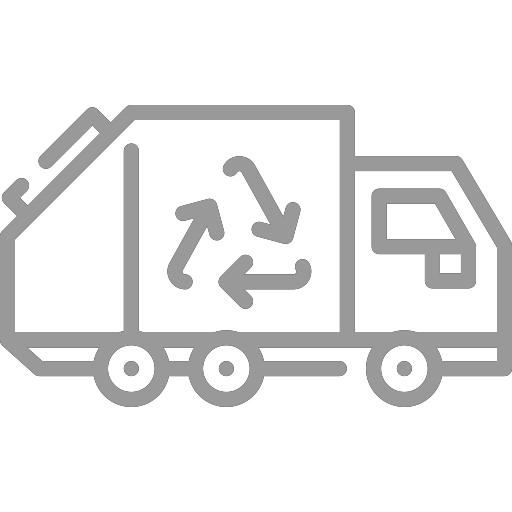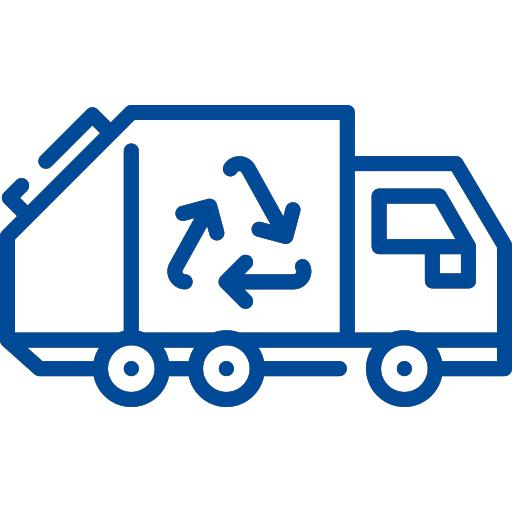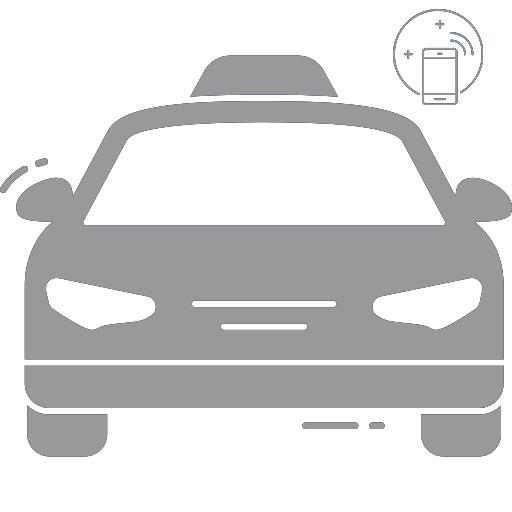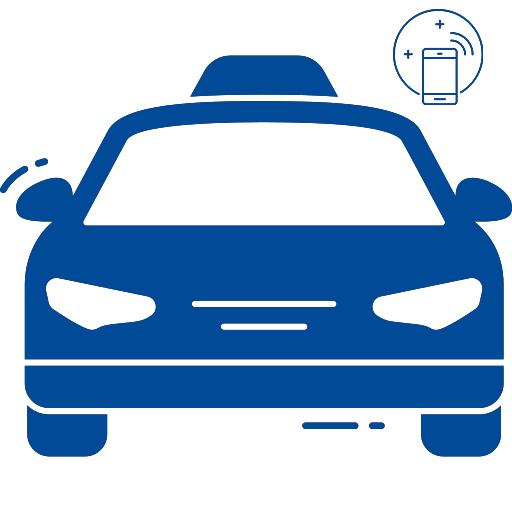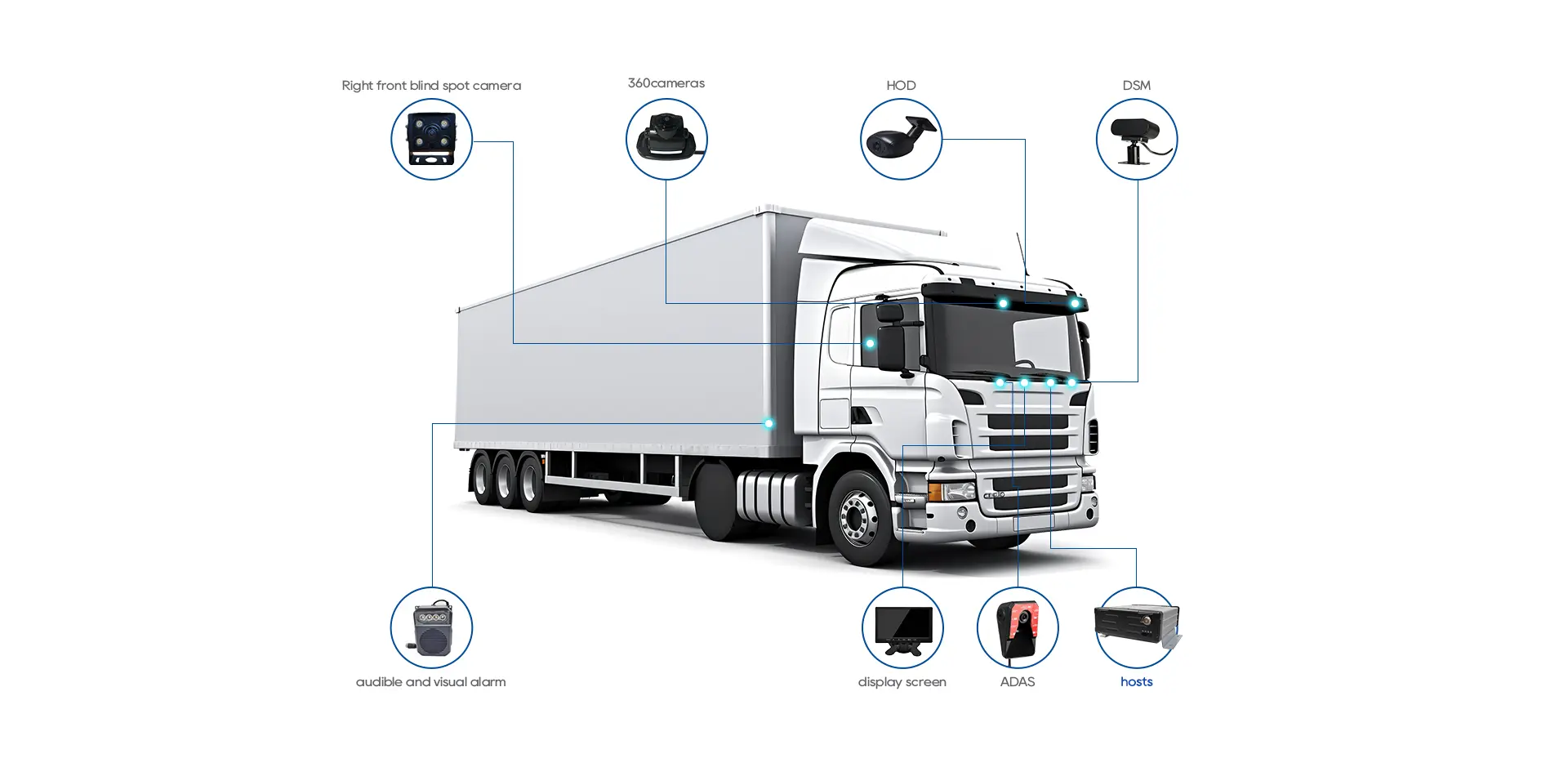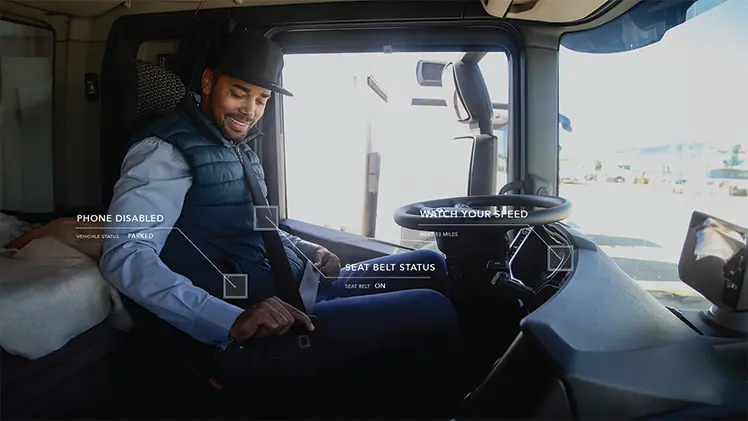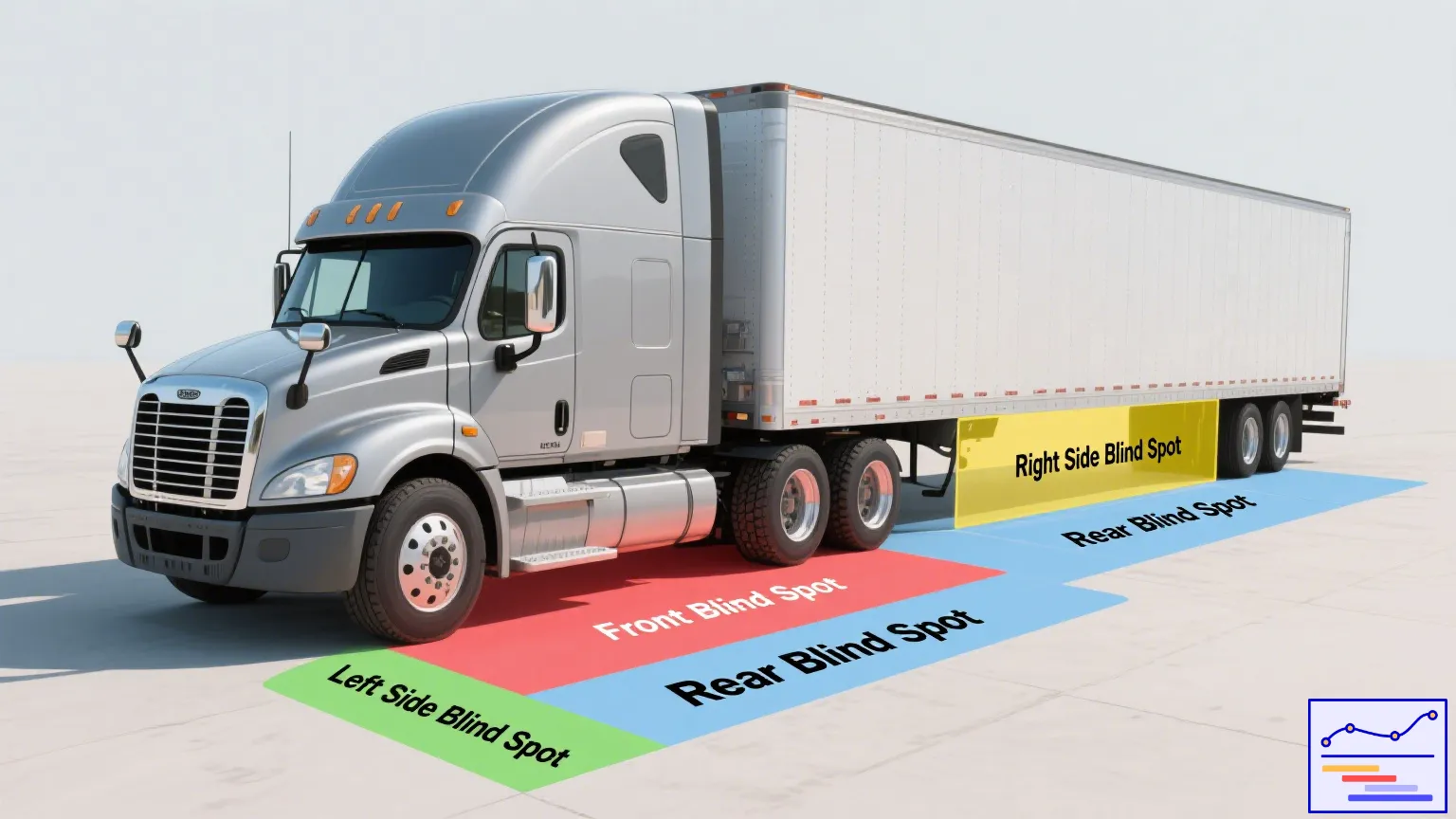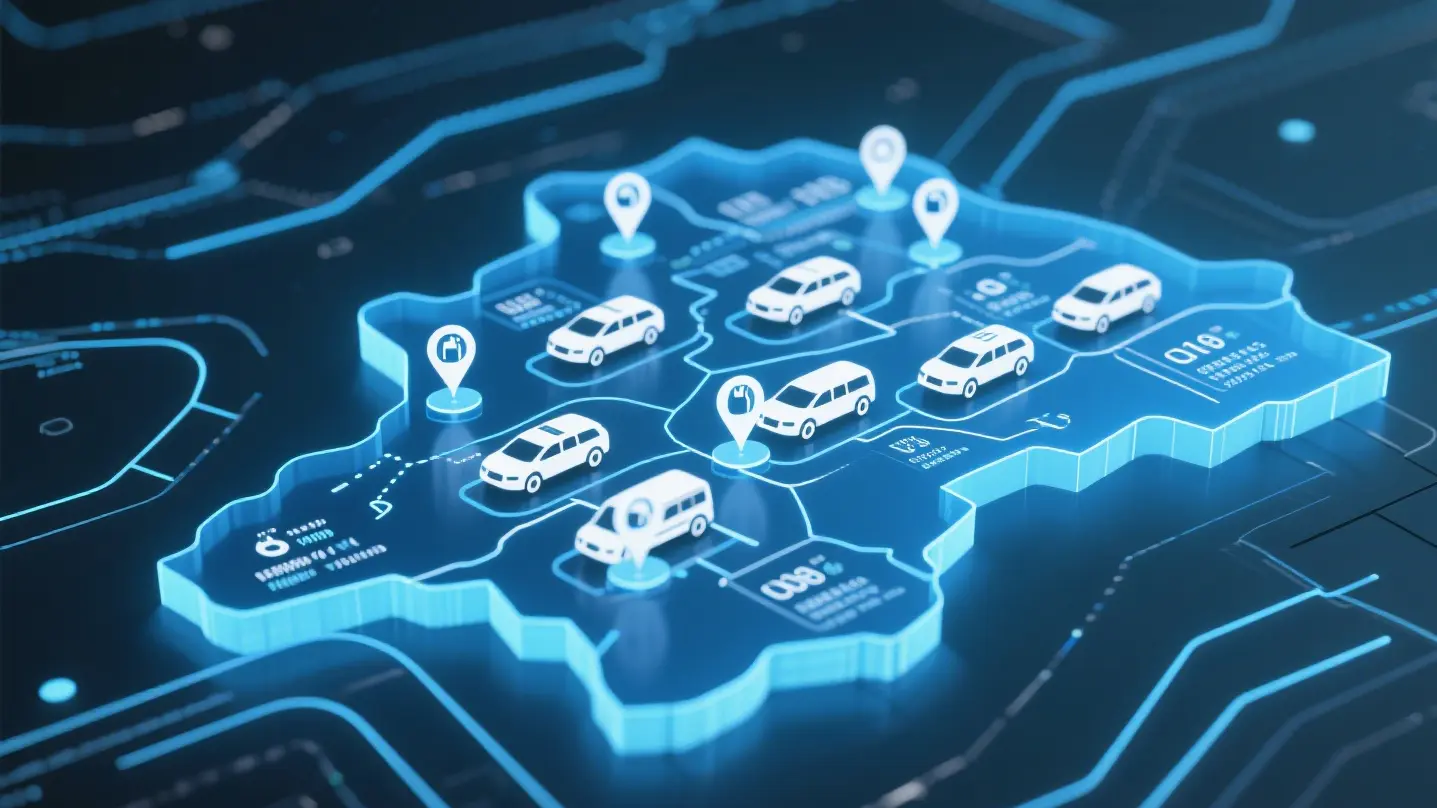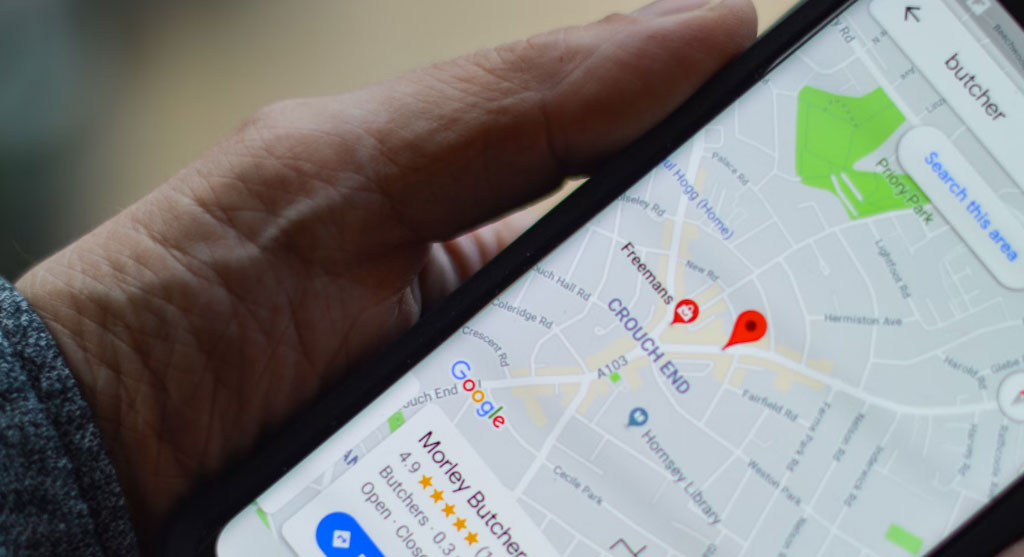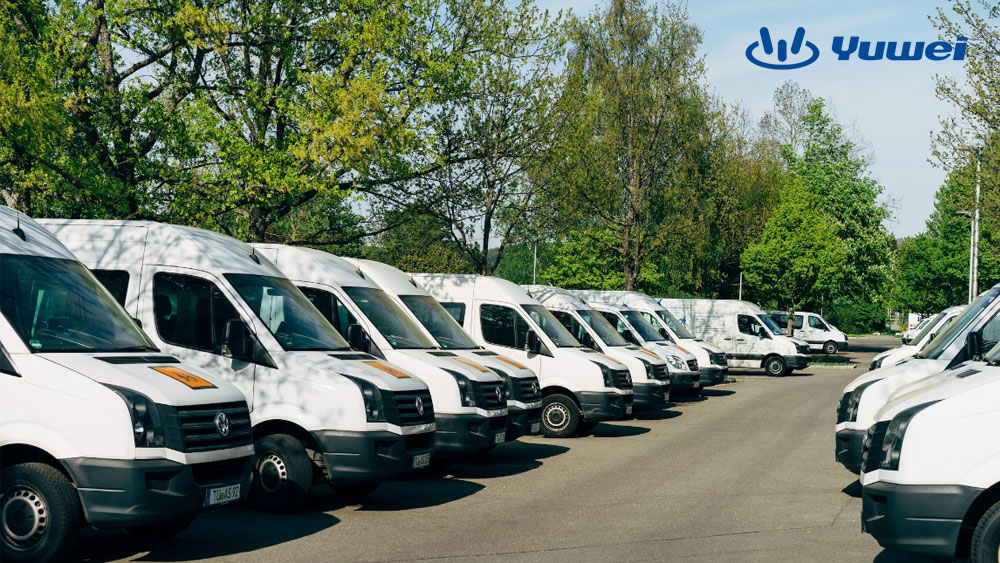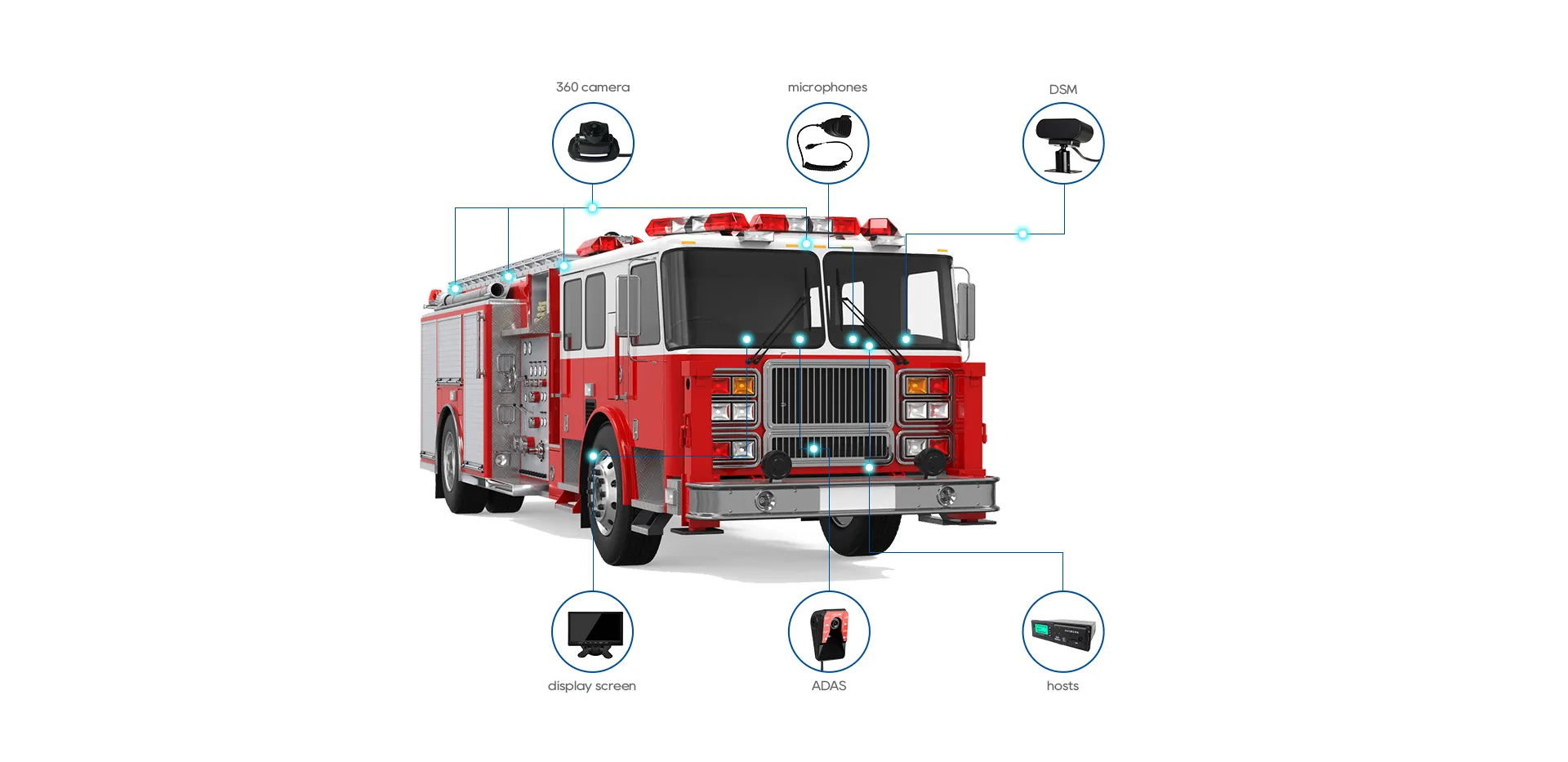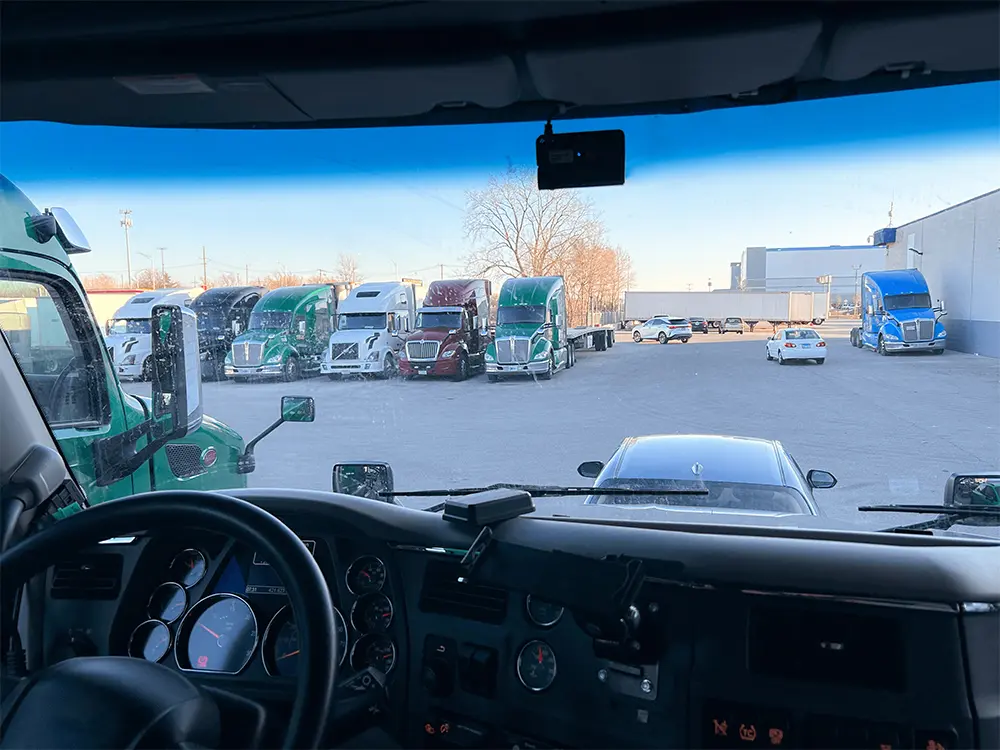In-Vehicle Camera Systems for Fleet Safety in Brazil
Vehicle Camera Systems for Brazil Fleet
Commercial vehicles in Brazil, such as semi-trucks, buses, and luxury coaches, are commonly equipped with camera systems.
As of 2023, sales of commercial vehicles in Brazil reached 587,289 units, an increase from 527,795 units in 2022.
With the growing number of fleets, intelligent management has become increasingly necessary.
These systems aim to improve the safety of both drivers and fleet managers by eliminating blind spots and ensuring safer operations.
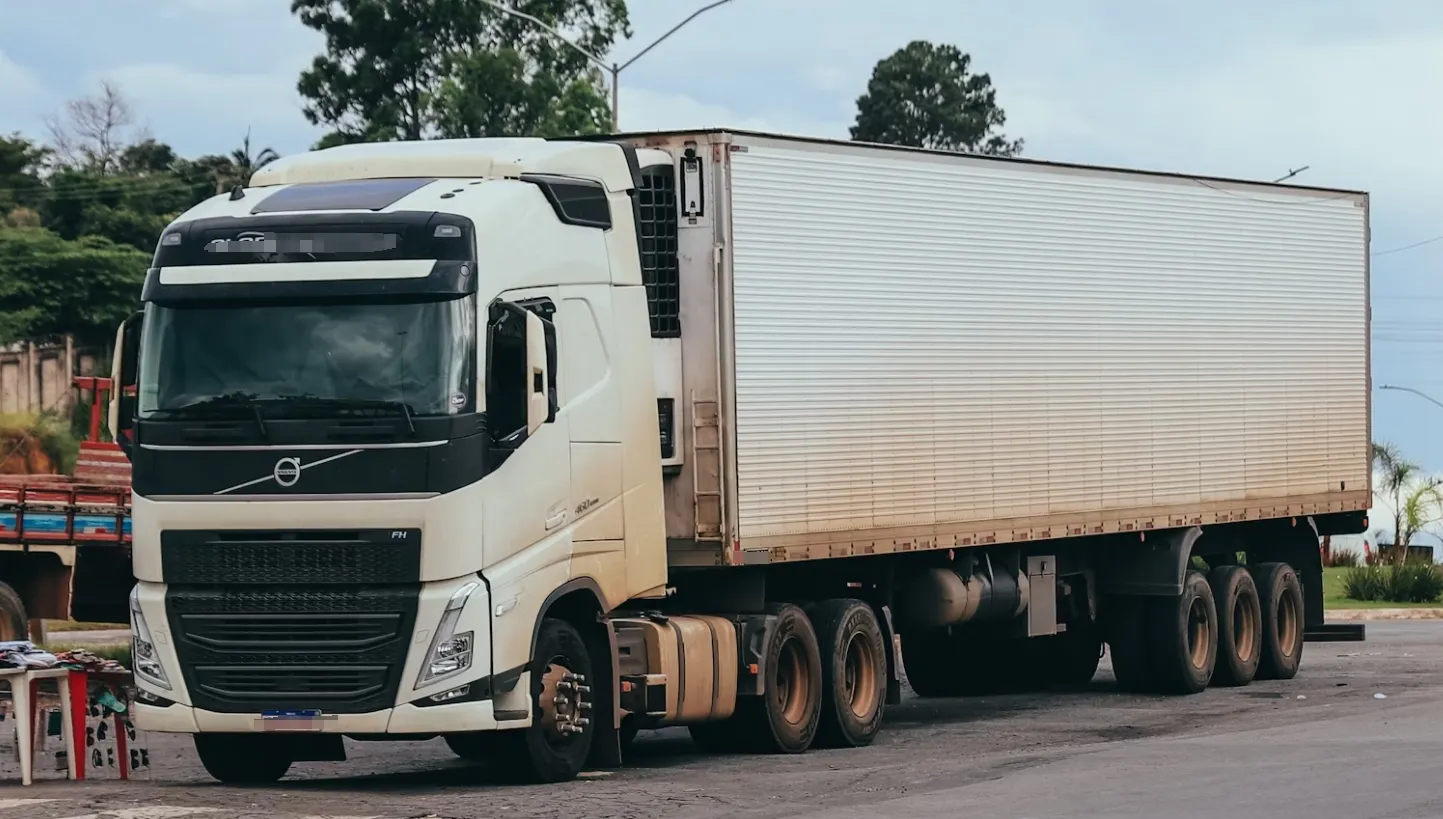
Key Functions of In-Vehicle Camera Systems
Dashcams record critical driving data, ensuring driver accountability on the road.
2. Surround View Camera Systems
Truck cameras provide multi-angle views inside and outside the vehicle, helping drivers eliminate blind spots.
Fleet managers can remotely monitor vehicles in real time.
3. Safety Assurance & Accident Prevention
Vehicle camera systems reduce liability, prevent accidents, and safeguard assets.
Advantages of Commercial Truck Camera Systems
1. Accident Video Evidence
Dashcams provide video proof of incidents, helping drivers avoid liability and lowering insurance costs.
2. Enhanced Driver Safety
Systems detect risky driving behaviors and alert drivers, increasing road safety.
3. Optimized Fleet Management
Insights into driver behavior and vehicle performance help fleets improve operations and efficiency.
Features of Truck Camera Systems
1. HD Recording & Night Vision
Advanced systems provide high-definition recording, night vision, and GPS tracking for 24/7 monitoring.
2. Driver Alert Functions
Built-in alerts warn drivers of potential dangers to enhance safety.
3. Durable Design
Rugged, waterproof, and dustproof dashcams withstand harsh environments.
Types of Commercial Vehicle Cameras
1. Dashcams
Capture road conditions ahead. Common types:
a. Dual-View Dashcams: Record both road and cabin views.
b. Road-Facing Dashcams: Capture the driver’s view.
Provide clear visuals of the rear, aiding reversing and parking while reducing blind spots.
3. Side Cameras
Monitor vehicle sides—ideal for lane changes, parking, and sharp turns to avoid side collisions.
Monitor cabin activities, useful for ride-sharing and fleet management, improving transparency.
5. Exterior Cameras
Record surrounding environments, supporting theft prevention and accident reduction.
Camera System Components
A commercial vehicle camera system typically includes:
① Cameras– Capture video
② MDVR– Record and store footage
③ Monitors– Display live video
④ GPS Tracker– Provide location data
⑤ Sensors– Detect environmental changes
⑥ Software– Manage footage with alerts and analytics
⑦ Cloud Storage– Store videos for remote access anytime
Frequently Asked Questions (FAQ)
1. What is a commercial dashcam system?
A multi-camera system that monitors inside and outside the vehicle, records driving data, and enables remote access to enhance safety.
2. What are the benefits of dashcams?
① Accident Prevention: Reduce risks by covering blind spots.
② Liability Protection: Provide video evidence to protect drivers.
③ Lower Insurance Costs: Reduce liability and premiums.
④ Improved Safety: Alert drivers to risky behaviors.
⑤ Fleet Optimization: Boost efficiency and management.
3. What should I look for in a commercial vehicle camera system?
Key features include HD recording, night vision, GPS tracking, driver alerts, and a durable design.
4. What types of cameras are used in commercial vehicles?
Dashcams, rearview cameras, side cameras, in-cabin cameras, and exterior cameras.
5. How do dashcams help fleet managers?
Fleet managers can remotely monitor drivers, analyze performance, reduce costs, and ensure safety compliance.
6. Do dashcams work at night?
Yes, most dashcams feature night vision for clear recording in low-light conditions.
7. Are commercial dashcams durable?
Yes, they are built with rugged, waterproof, and dustproof designs to endure harsh conditions.
8. Do these systems support real-time monitoring?
Yes, many dashcams allow live monitoring via dashboard or mobile applications.
9. How do GPS and camera systems work together?
GPS tracks vehicle location while cameras record video, providing a complete picture of driver behavior and fleet operations.
Adopting in-vehicle camera systems can significantly improve fleet safety in Brazil,
provide crucial evidence in case of accidents, and optimize operational efficiency.
Email:hello@yuweitek.com

















